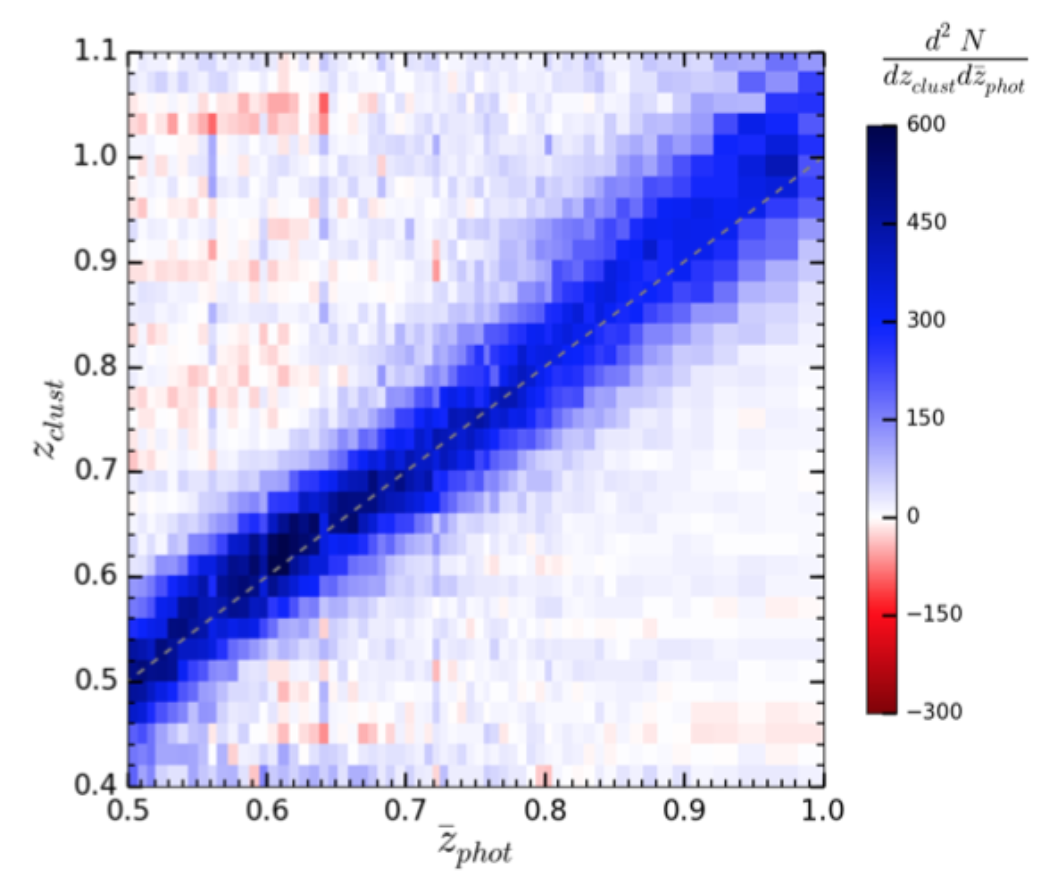Abstract
We explore the accuracy of the clustering-based redshift estimation proposed by Ménard et al. when applied to VIMOS Public Extragalactic Redshift Survey (VIPERS) and Canada-France-Hawaii Telescope Legacy Survey (CFHTLS) real data. This method enables us to reconstruct redshift distributions from measurement of the angular clustering of objects using a set of secure spectroscopic redshifts. We use state-of-the-art spectroscopic measurements with iAB < 22.5 from the VIPERS as reference population to infer the redshift distribution of galaxies from the CFHTLS T0007 release. VIPERS provides a nearly representative sample to a flux limit of iAB < 22.5 at a redshift of >0.5 which allows us to test the accuracy of the clustering-based redshift distributions. We show that this method enables us to reproduce the true mean colour-redshift relation when both populations have the same magnitude limit. We also show that this technique allows the inference of redshift distributions for a population fainter than the reference and we give an estimate of the colour-redshift mapping in this case. This last point is of great interest for future large-redshift surveys which require a complete faint spectroscopic sample.

